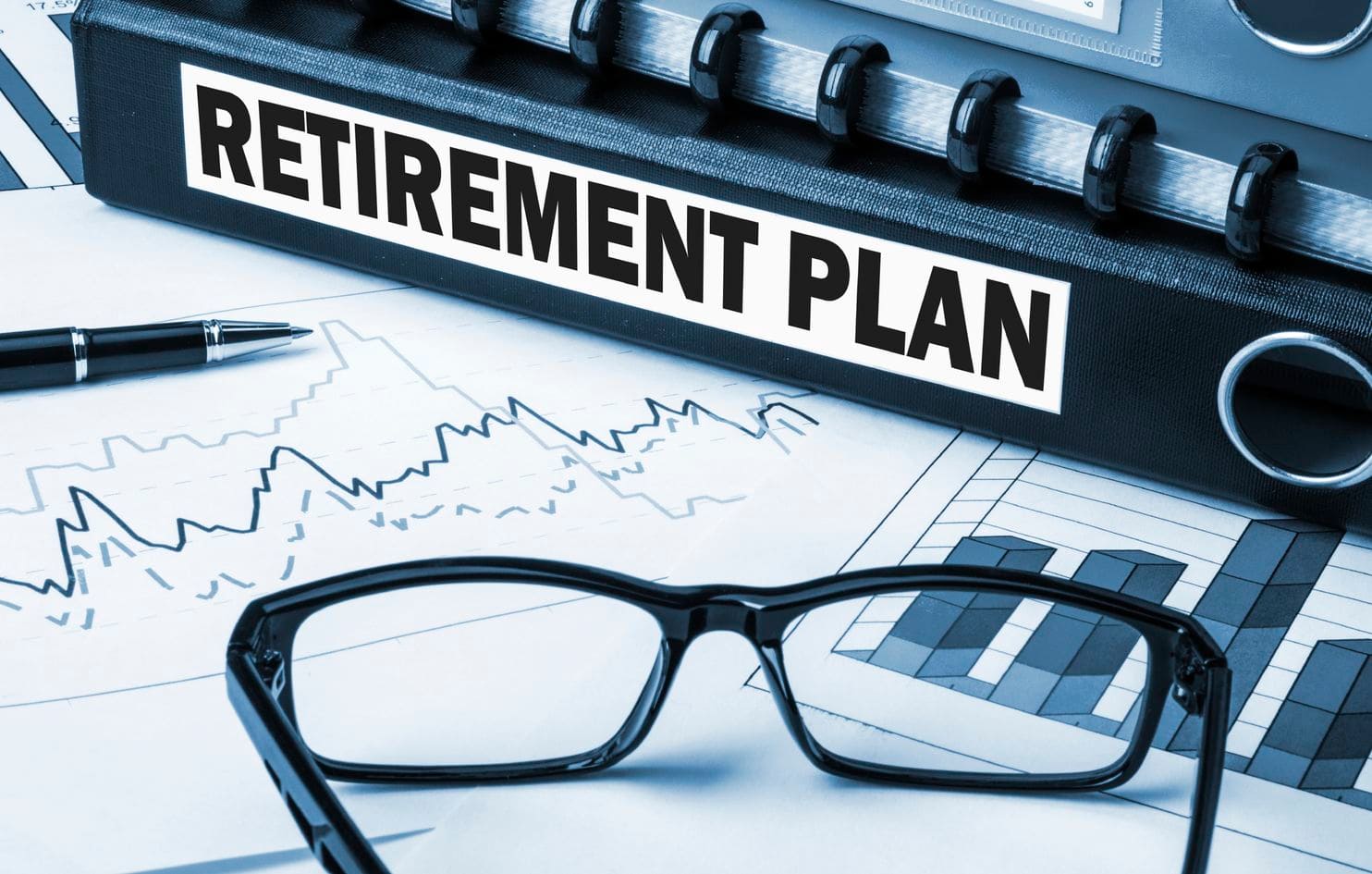Retirement savings reform isn’t a hot topic for journalists, but it’s one of the few areas where Democrats and Republicans in Congress and President Trump could pull off some bipartisan reform when legislators reassemble in September.
The list of necessary fixes to current law is long and well known: As people live longer, the rules regarding “required minimum distributions” from savings plans need to have their age triggers increased. Overall maximum contribution levels should rise. Defined-contribution plans ought to be available for groups of employers so the costs of establishing and maintaining the accounts are not so high.
The amount of assets that Americans have stashed away for retirement is significant. The Investment Company Institute reported that the total of such assets stood at $28 trillion at the end of the first quarter, with $7.7 trillion in defined-contribution plans and $9.2 trillion in individual retirement accounts. Many Americans have little or no retirement savings, but a lot of Americans are regular contributors to their long-term fiscal health.
Most attention gets paid, understandably, to those who will depend entirely or nearly entirely on Social Security, with much less focus on those with healthier balances in their retirement savings. When Congress gets to retirement reform in the fall — Senate Finance Committee Chairman Charles E. Grassley (R-Iowa) and ranking Democrat Ron Wyden (D-Ore.) lead the effort — congressmen ought to pause and consider how they can use their reform efforts to also help seniors stay in their homes as incomes decline or stop but mortgage payments stretch out into the future. Older Americans on fixed incomes face a housing crisis, and one part of the solution is retirement reform.
The Joint Center for Housing Studies at Harvard found that nearly three-quarters of senior Americans want to live in their own homes as they age. But because “housing is the single biggest item in most household budgets,” Aging Options reports, “housing-related expenses disproportionately affect a senior’s financial security and their ability to save for the future.” The burden of housing costs got heavier when Congress severely limited the deductibility of home mortgage interest in the Tax Cuts and Jobs Act of 2017.
If retirement reform allows seniors to pay off all or part of their home mortgage debt with money saved in their own retirement accounts without triggering taxes on the money used, then Congress will have taken a big step toward solving one part of this problem. Seniors with mortgages would then have the option of offloading their mortgage debt using money saved for their retirement without first having to pay federal and state income taxes on the money used to pay off the home loan. Millions of seniors would find themselves without a mortgage bill to pay and not facing a staggering tax bill as a consequence.
The Urban Institute concluded that the most valuable nonfinancial asset in the United States is a home, and that 69 percent of all families own one. Housing is the key element of financial security in retirement. Allowing Americans to use the money they have saved to pay off the homes they have purchased is the most obvious “fix” in the world, but congressional staff I have asked about this always reply that it increases the risk of seniors having lower incomes from savings while also reducing future tax receipts. The latter objection makes little sense, as the taxable event of a withdrawal to pay off mortgage debt can simply be postponed from the date of the withdrawal to the date of the sale of the home.
What opponents of allowing Americans to use their money to lower or eliminate housing costs won’t see or refuse to admit is that retirement security begins with a place to live. A senior American doesn’t need as much savings if his or her home loans are paid off. This should be a no-brainer for every legislator, but it’s not part of the draft laws circulating though the House or Senate.
Current data is difficult to find, but a 2012 New York Times story found that 1.5 million homeowners over 55 lost their homes between 2007 and 2011, with the largest group being over 75 years of age. Those years followed the panic, of course, but even if seniors with mortgage debt are not losing their homes, they are enjoying life less if they are making a mortgage payment they could avoid if their own retirement assets were available to pay off the mortgage.
The biggest obstacle to this obvious reform is the same one to most reforms: Permanent D.C. didn’t think it up and hasn’t internalized its logic. Maybe Grassley can change that, and in so doing, improve the quality of retirement for millions of Americans.
Source: washingtonpost




